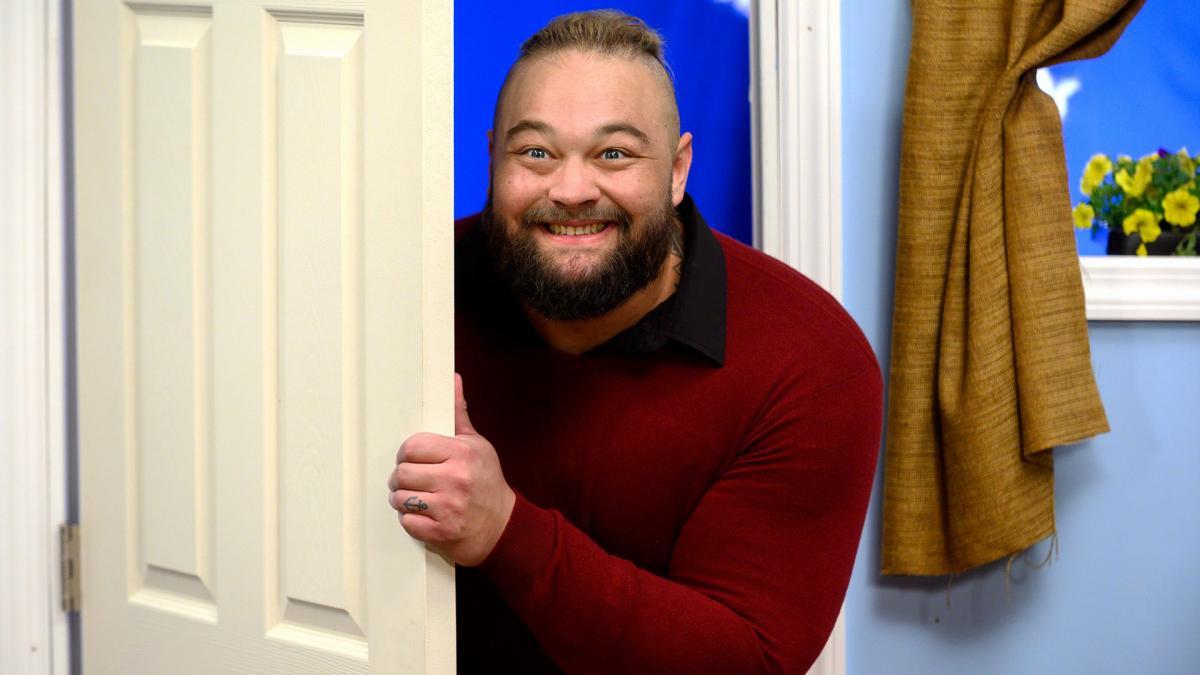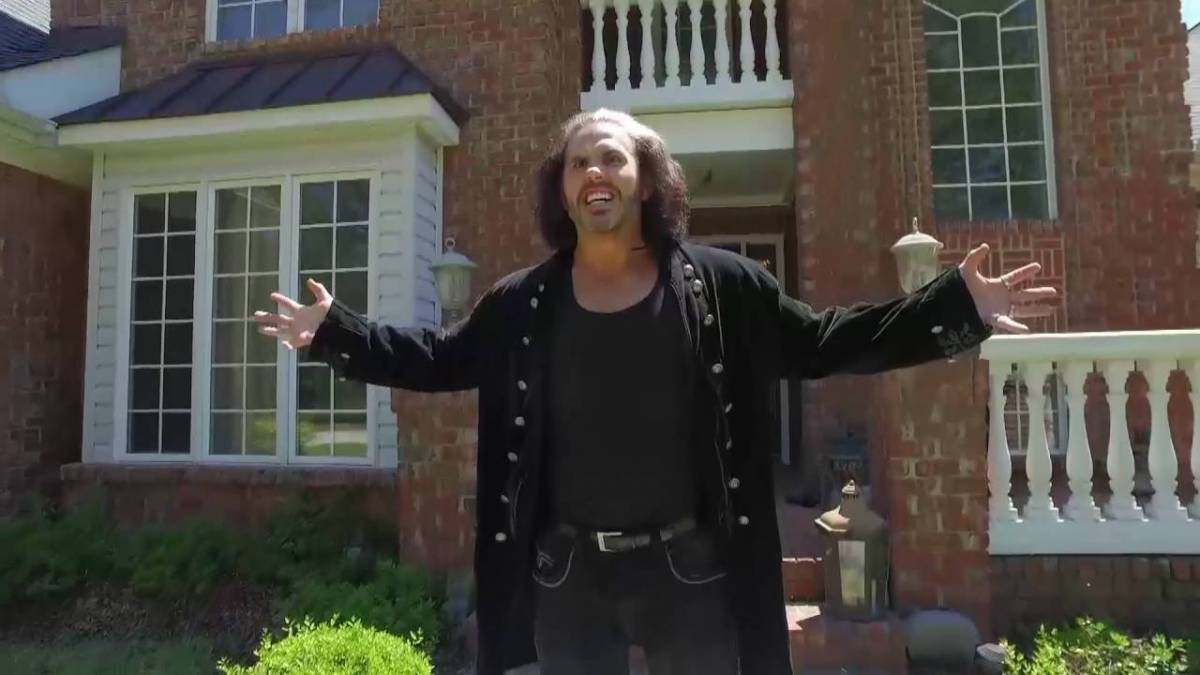Under the unusual circumstances, WrestleMania 36 was quite the success thanks to two very unique matches that took place over the course of the two-night event. For what will forever be remembered as two of WrestleMania 36’s defining moments, Undertaker’s Boneyard and Bray Wyatt’s Funhouse matches sent shockwaves through the wrestling world by taking the action out of the Performance Centre and onto a specially designed set piece that served as the battleground for these two blockbuster attractions.
Nobody really knew what to expect heading into these two matches, but certain predictions lent credence to the notion that WWE might attempt to produce something similar to that of Matt Hardy’s Broken Universe. The Final Deletion, Decay or Delete and Free the Delete have all been cornerstones of a new era in pro-wrestling, suspending the beliefs of wrestling fans even further as kayfabe takes a turn towards the absurd. Hardy’s take on his groundbreaking alter-ego takes wrestling back into the realms of fantasy and the supernatural, something that some wrestling fans will find hard to get accustomed to.
The Undertaker and ‘The Fiend’ are the only two characters that WWE has to rely upon for such ventures. Both other-worldly beings were able to transport their respective opponents to a totally different world outside of the confines of WWE’s rigid creativity, and make for some of the most entertaining and mind-bending performances we’ve seen in a very long time.
This kind of experiment is exactly what started Impact Wrestling’s return to prominence in 2016. The feud between Broken Matt and Brother Nero started to generate some momentum for the ailing brand and brought a lot of fans back to the product for the first time in years. Their creative control over the build and the match itself gave credit to both performers and their ability to adapt to the times. Wrestling fans aren’t yearning to see the most realistic of narratives these days, fans just want to have a good time and tune out from the rest of the world. Hence why the superhero genre exploded as much as it has over the past decade.

cagesideseats.com
The kooky characters, the obscene references and in-jokes completely turned Matt and Jeff Hardy’s careers around, and inspired WWE to push themselves a little into the unknown. As a rule, WWE tend to steer clear of off-set productions, aside from the occasional video package. But WWE broke their sacred rule with their first attempt during the trios feud between The New Day and The Wyatt Family. WWE pitched the idea of a battle between the two factions at the mysterious Wyatt compound, trying to emulate the same vibe as that of House Hardy. Unfortunately, it was a bit of a mess, and paled in comparison to Impact’s version.
Later on, Bray Wyatt was utilised once again for the House of Horrors match against Randy Orton. A slightly better take on the new genre, but a match that was critically panned nonetheless. It wasn’t until Matt Hardy brought his ‘Woken’ character to WWE that things finally started to click. In amongst the scuffles between Hardy and, you guessed it, Bray Wyatt, ‘The Woken Warrior’ invited Wyatt to his compound for the Ultimate Deletion. The match featured all of what made the original Final Deletion a spectacle, including the range of household characters that had became popular thanks to the bonus scenes found on Hardy’s YouTube channel.
When the Woken gimmick was put to rest and Hardy returned to his typical Hardy Boy aesthetic, WWE started to once again distance themselves from this new medium, despite its ever-lasting popularity with the fans. With so many characters that could easily be pitched to come from an undisclosed location, WWE fail to take advantage of this. Former gimmicks like SAnitY, Goldust or even the then-Dean Ambrose could have easily put together a series of pre-recorded matches that take place away from the venue.
Luckily, WWE chose to return to Hardy’s inspirations in time for WrestleMania, as Triple H and the superstars involved in the aforementioned matches put their heads together to produce two fantastic gimmick matches that left fans craving entire episodes worth of these cinematic encounters. The Boneyard match especially showed the versatility of both The Undertaker and AJ Styles, as they battered each other across the entire graveyard, executing some insane spots that would put most Extreme Rules matches to shame.

The Firefly Funhouse match was a different beast entirely, perplexing audiences with an analysis of John Cena’s character defects, taking John and the WWE Universe on a bizarre trip through history. Where I see why some fans would criticise this match for being a little too high-concept, I for one loved the Lynchian nature of Wyatt’s nightmare realm. It featured a very similar style to Hardy’s deletion episodes, including a variety of comical characters and plenty of in-jokes to keep smarter wrestling fans enthralled. This wasn’t a wrestling match by any means, this was a character study.
Matt Hardy should be incredibly proud of what he’s accomplished in the latter half of his career. Who would have thought that something produced by a former WWE star in 2016 Impact would have such an influence on WrestleMania itself? Triple H has expressed interest in continuing to explore the possibilities of producing more location-style matches, so hopefully the Boneyard and Funhouse matches are just the start of a new era in pro-wrestling.
Thank you to Matt Hardy and the Broken Universe for saving WrestleMania 36.
Some of the coverage you find on Cultured Vultures contains affiliate links, which provide us with small commissions based on purchases made from visiting our site.

